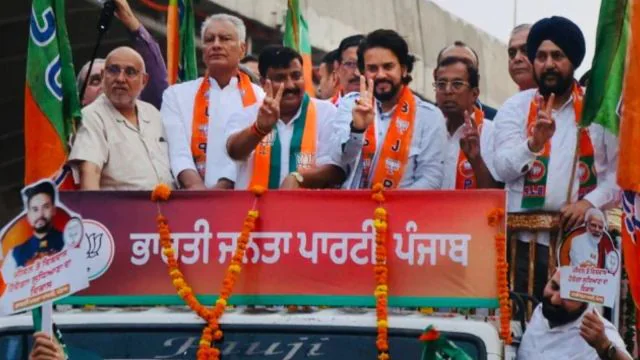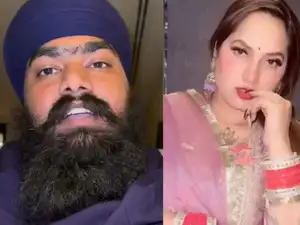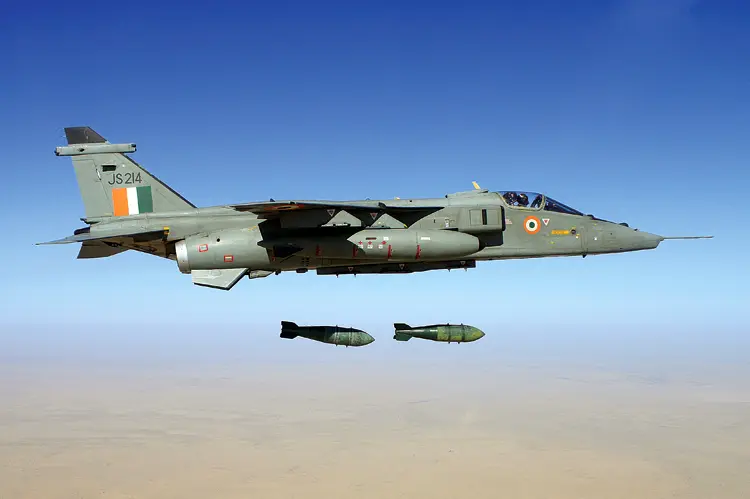In the polarized theatre of Indian public discourse, controversies rarely unfold in black and white. The recent backlash against singer-actor Diljit Dosanjh over his upcoming film Sardaar Ji 3 offers a textbook case in selective outrage, muddled motivations, and veiled political posturing.
What began as murmurs on social media—questioning Diljit’s alleged associations with “anti-national” sentiment—ballooned into a full-blown protest campaign, dragging in industry unions, celebrities, and political parties. Yet, behind the noise, one can’t help but ask: What exactly was everyone protesting? And who, really, was protesting?
Protest Without Proof
The film Sardaar Ji 3 became a target of online fury for allegedly “hurting national sentiment” and “showing sympathy towards separatists.” But specifics remain vague. No scene from the film has been publicly condemned. No statement by Dosanjh has been presented as overtly anti-national. In fact, the Federation of Western India Cine Employees (FWICE)—which initially banned him—lifted the ban within days, citing lack of clear evidence and public pressure.
It’s hard to ignore the convenient timing. Diljit has recently emerged not just as a Punjabi icon, but as a national and international star. His growing appeal among young Indians, NRIs, and even Bollywood insiders threatens established power structures. And so, a cloud of suspicion, loosely tied to old allegations and unverified social media posts, becomes a handy weapon.
The Silence of the Saffron
What’s more telling is who didn’t protest. Despite the uproar, the BJP officially distanced itself from the controversy. No major political leader from the ruling party called for a ban, boycott, or censorship. In fact, sources within the party suggested that the issue was “being blown out of proportion.” This is ironic, given that the same establishment has often aligned itself with hyper-nationalist narratives.
Could it be that Diljit’s influence in Punjab, a politically strategic state, made the BJP tread carefully? Or was it the risk of backlash from the large Punjabi diaspora that drove them to stay neutral? Either way, the selective silence was deafening.
Celebrities and Contradictions
On the other side, a few Punjabi artists like Mika Singh, B Praak, and Guru Randhawa jumped into the fray—openly criticising Diljit. Their motivations remain unclear. Was it genuine patriotism? Industry rivalry? Or pressure from vested interest groups looking to position themselves as more “nationalist” than their peers?
What’s glaring, however, is that no major Bollywood figure condemned Diljit. In fact, actors and producers associated with Border 2, a patriotic war film Diljit is set to star in, stood by him. The FWICE lifted its non-cooperation call for Border 2, effectively reinstating Dosanjh’s legitimacy within the industry.
If someone is “anti-national,” why make exceptions? How does one shoot a war film with a man accused of sympathising with the enemy? The contradiction points not to clarity of conviction, but to convenience of politics.
The India-Pakistan Cricket Paradox
Now, consider this. While celebrities are being judged for their supposed indirect affiliations, India is set to play Pakistan in the Asia Cup. There is no national outcry, no boycott calls, no political resolutions against BCCI or ICC. We will watch the match, buy the merchandise, and celebrate every six.
So why do our standards shift when it comes to cinema or music? Why is a film considered more dangerous than a cricket match? Why are performers required to prove their nationalism, while sports bodies operate above such scrutiny?
The answer may lie in control and image. Popular culture is a soft-power battlefield. It shapes perception and identity. When a cultural icon refuses to fit a pre-approved template, they are more likely to be policed. A cricket match, meanwhile, is just business.
Beyond Outrage: The Real Stakes
The Diljit Dosanjh controversy is not just about one actor or one film. It reflects a broader trend where national identity is policed not by facts, but by optics. The outrage is selective, the silence is strategic, and the consequences are arbitrary.
Today it’s Dosanjh. Tomorrow, it could be any public figure who dares to think or speak differently.
As citizens, we must ask sharper questions: Who benefits from these controversies? Why are rules applied unequally? And most importantly, how do we ensure that art and expression are not shackled by vague, politically convenient accusations?
Until then, we’ll keep seeing cycles of misplaced rage, strategic silence, and quiet reinstatement—like the quick reversal of the ban on Border 2. And just like an India-Pakistan cricket match, we’ll cheer the spectacle without ever examining the irony.
For more opinions click here
Follow us for latest updates:




